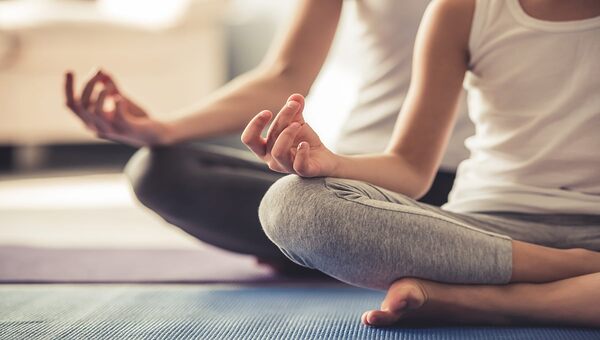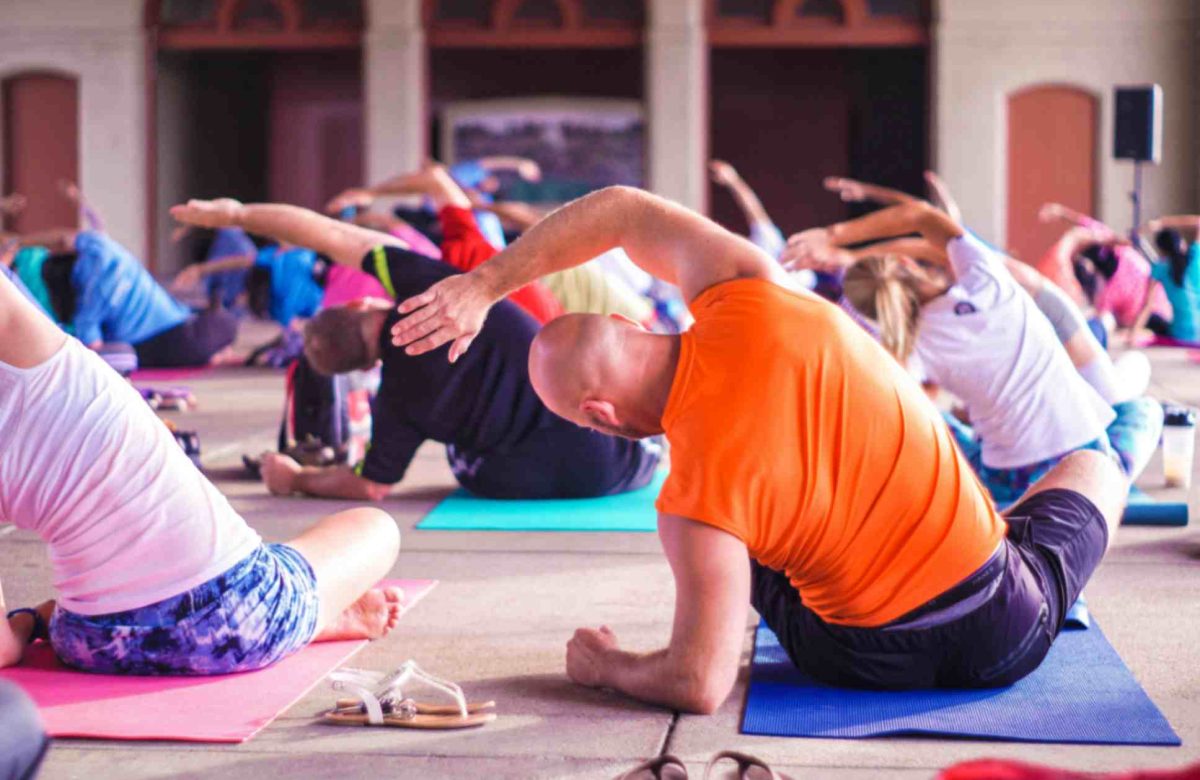How to Incorporate Meditation into Your Daily Routine

Meditation is a powerful practice that offers a wide range of benefits for both the mind and body. From reducing stress and anxiety to improving focus and emotional well-being, meditation has become increasingly popular in today’s fast-paced world. However, for many people, finding the time and discipline to meditate regularly can be challenging. The key to making meditation a part of your daily routine lies in creating a sustainable and adaptable practice that fits seamlessly into your lifestyle. In this blog, we will explore the benefits of meditation, practical tips for incorporating meditation into your daily routine, various meditation techniques to explore, and how to overcome common challenges to make meditation a meaningful and consistent part of your life.
The Benefits of Meditation
Meditation offers a plethora of benefits that contribute to overall well-being:
- Stress Reduction: Meditation helps activate the body’s relaxation response, reducing stress and anxiety levels.
- Improved Focus and Concentration: Regular meditation enhances cognitive function and improves focus and concentration.
- Emotional Regulation: Meditation fosters emotional intelligence and helps manage challenging emotions.
- Enhanced Self-Awareness: By turning inward, meditation promotes self-awareness and introspection.
- Better Sleep: Practicing meditation can lead to improved sleep quality and reduced insomnia.
- Increased Compassion: Meditation cultivates a sense of compassion and empathy towards oneself and others.
Practical Tips for Incorporating Meditation into Your Daily Routine
- Start Small: Begin with short meditation sessions, such as 5-10 minutes, and gradually increase the duration as you become more comfortable.
- Choose a Convenient Time: Find a time that works best for you, whether it’s in the morning, during lunch breaks, or before bedtime.
- Create a Dedicated Space: Designate a quiet and peaceful space in your home for meditation practice.
- Use Meditation Apps: Utilize meditation apps that offer guided sessions and timers to help you get started.
- Be Patient and Non-Judgmental: Embrace the process without judgment and understand that meditation is a skill that improves with practice.
- Set Reminders: Set daily reminders on your phone or calendar to prompt you to meditate.
- Make It a Habit: Incorporate meditation into your routine by committing to practice at the same time each day.
- Be Flexible: Be adaptable with your meditation practice and adjust the length and time to fit your daily schedule. Here is a guide to Develop a Consistent Meditation Practice for Beginners.
Different Meditation Techniques to Explore
- Mindfulness Meditation: Focus on your breath and observe your thoughts and sensations without judgment.
- Loving-Kindness Meditation: Make yourself and others feel loved and compassionate.
- Guided Visualization: Imagine yourself in a peaceful and serene setting, engaging your senses and emotions.
- Mantra Meditation: Repeat a mantra or word silently or aloud to maintain focus and clarity.
- Body Scan Meditation: Bring attention to different parts of your body, noticing sensations and releasing tension.
- Walking Meditation: Practice mindfulness while walking slowly and purposefully, focusing on each step.
Overcoming Common Challenges in Meditation
- Restlessness: Accept that thoughts will arise during meditation, and gently redirect your focus to your breath or chosen anchor.
- Time Constraints: Start with short sessions and remember that even a few minutes of meditation can be beneficial.
- Inconsistency: Create a realistic and flexible meditation schedule that aligns with your lifestyle.
- Impatience: Allow yourself to progress at your own pace, understanding that meditation is a gradual process.
- Distractions: Acknowledge distractions without judgment and bring your attention back to your meditation practice.
- Discomfort: Find a comfortable meditation posture, such as sitting on a cushion or using a meditation chair.
Conclusion
Incorporating meditation into your daily routine is a transformative journey that can positively impact your mental, emotional, and physical well-being. By starting small, choosing a convenient time, creating a dedicated space, and using meditation apps, you can make meditation a seamless part of your day. Be patient with yourself and embrace the learning process without judgment.
Experiment with different meditation techniques, such as mindfulness, loving-kindness, or body scan, to find what resonates best with you. Overcome common challenges like restlessness, time constraints, and impatience by staying consistent and adaptable in your practice.
Remember that meditation is not about achieving a certain outcome but rather about being present and cultivating inner awareness. As you continue to meditate regularly, you will experience the transformative power of this ancient practice, leading to increased mindfulness, emotional regulation, and a greater sense of inner peace and balance in your life. So, take a deep breath, sit comfortably, and embark on your journey to incorporate meditation into your daily routine. The benefits await you.




